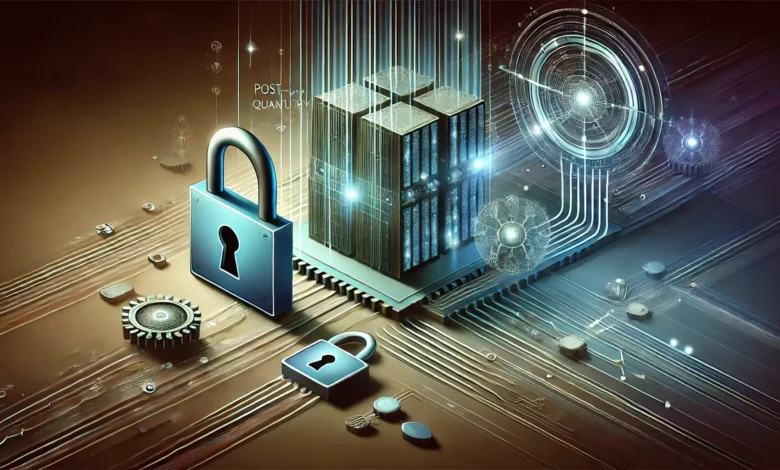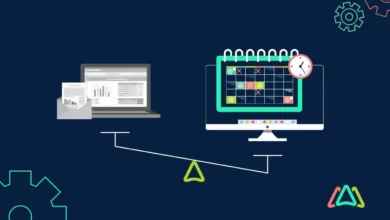Preparing for the Post-Quantum Cybersecurity Era

Quantum computing promises breakthroughs in science, medicine, and technology, but it also creates a big challenge for cybersecurity. Current encryption methods, which protect everything from bank accounts to national secrets, could become useless once quantum computers reach full power. Experts call this the “post-quantum” era, and it’s not some far-off science fiction scenario. Governments, businesses, and researchers are already working on quantum-safe cryptography to prepare. The transition will be massive, and failing to adapt could leave data exposed. To stay ahead, organizations must start planning now for a world where traditional security simply isn’t enough.
Why Encryption Is at Risk
Most of today’s online security depends on mathematical problems that are hard for regular computers to solve. In many encryption methods, security depends on breaking down extremely large numbers into their prime factors, a problem so complex that conventional computers might need millennia to solve. Quantum computers, however, use qubits that can process multiple states at once, solving these problems much faster. Once quantum systems mature, they could break widely used encryption standards like RSA and ECC almost instantly. That means sensitive data, even information stored securely today, could be decrypted in the future if organizations don’t move to stronger protections.
The Road to Quantum-Safe Solutions
To prepare, researchers are creating new encryption methods known as post-quantum cryptography. These algorithms are designed to resist quantum attacks, ensuring that data remains secure even as computing power grows. The U.S. National Institute of Standards and Technology (NIST) has already begun selecting and standardizing some of these methods. Businesses will eventually need to upgrade systems, software, and hardware to support them. This won’t happen overnight. It’s a complex process that requires testing, adoption, and global cooperation. But the sooner organizations start, the smoother the transition to quantum-safe systems will be.
Security Planning for a Quantum Future
Getting ready for the post-quantum era isn’t just about switching to new types of encryption. It’s also about knowing what risks are out there. Companies need to review their systems, figure out which data is most vulnerable, and create a roadmap for updates. Tools like risk assessments, audits, and even threat intelligence reports can help highlight where attackers might try to take advantage. By combining this kind of insight with technical upgrades, organizations can focus on the areas that matter most and avoid being caught off guard when quantum computers become practical.
Global Impact on Industries
The arrival of quantum computing will affect industries differently. Banks, for example, rely heavily on encryption to secure online payments and financial records. Healthcare organizations must protect patient data, while governments face the task of defending sensitive national security information. Each industry will need tailored strategies for adopting quantum-safe solutions. The good news is that many sectors are already preparing, running pilot projects, and conducting stress tests. Still, the timeline for change is short. Industries that fail to adapt may face both financial losses and serious damage to public trust.
The Path Forward
The post-quantum cybersecurity era will demand cooperation between governments, businesses, and technology providers. No single organization can solve this problem alone. Standards must be set, tools must be developed, and training must be provided so teams understand the new landscape. For everyday users, the shift may be invisible: secure apps and websites will still function, just powered by stronger encryption behind the scenes. For businesses, however, the work begins now. Those who plan ahead, invest early, and use every tool available will be best prepared for a quantum-powered future.




